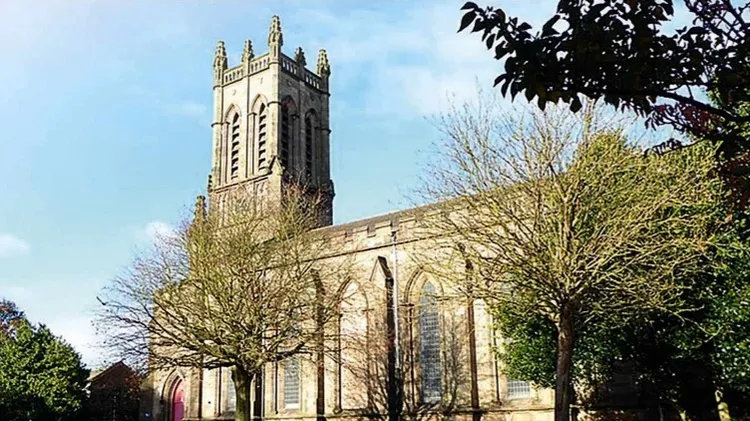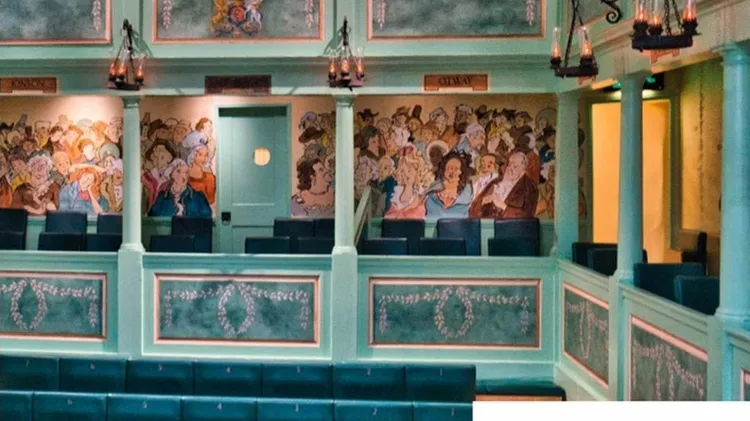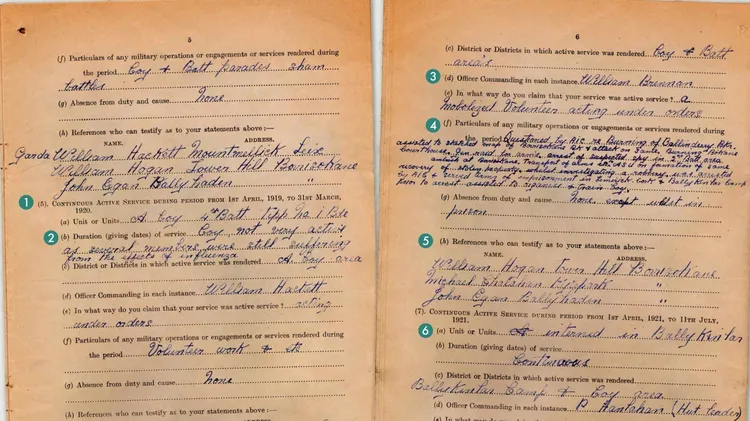Gethin Matthews has be
‘the brothers’ letters reveal what the welsh went through in ww1’
7 min read
This article is from...
Read this article and 8000+ more magazines and newspapers on Readly






